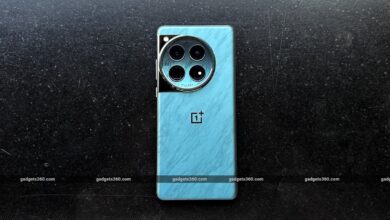Scuba Diving Lizards Use Air Bubbles to Breathe Underwater and Stay Hidden from Predators

Semi-aquatic lizards, such as the water anole (Anolis aquaticus), have a unique ability to stay submerged for extended periods by creating an air bubble around their snout. This behaviour, first observed in 2018, has now been confirmed in 18 other anole species. The air bubble helps the lizards breathe while underwater, enabling them to remain hidden from predators for longer durations. Researchers have recently discovered that this bubble is not just a side effect of their water-repellent skin but plays an essential role in their survival.
Air Bubbles Extend Dive Times
In a study led by Lindsey Swierk, assistant research professor in biological sciences at Binghamton University, 28 water anoles were observed to determine how long they could stay underwater with and without their air bubble. The results revealed that anoles with the air bubble could remain submerged 32% longer than those without. This extra time underwater helps them avoid predators in their natural habitats near riverbanks in Costa Rica and Panama.
How the Air Bubble Works
Water anoles produce the bubble by exhaling, which is then held in place by their hydrophobic skin. As they dive, the bubble expands and contracts, allowing the lizard to redistribute oxygen, enabling longer dives. The longest recorded dive for an unaltered anole during the study lasted over five minutes. However, anoles whose skin was treated to prevent the formation of the bubble had shorter dive times.
Future Research on Bubble Breathing
Swierk suggests that if the study had been conducted in the wild, the difference in dive times might have been more pronounced, as the pressure from real predators could push the lizards to stay submerged even longer. The research team now aims to explore whether the bubbles serve as a “physical gill,” similar to how diving beetles use trapped air to replenish their oxygen supply.




